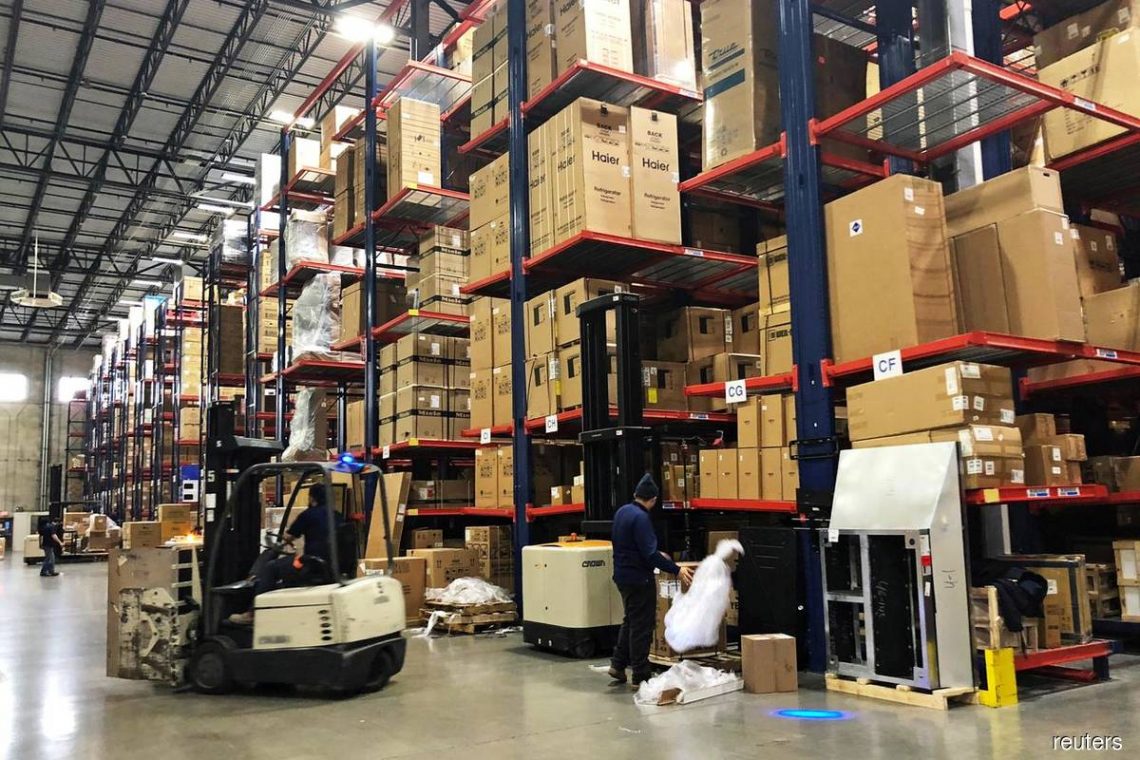Warehouse inventory is an important activity for running a business. Let’s find out what it means to take inventory, what tools to use and how best to do it.
Among the activities that every company must carry out, warehouse inventory is certainly one of the important ones. In fact, it is used to understand the stocks of products and materials left in the warehouse. In this way, it is easier to define which orders to place from suppliers and which offers to propose to your customers. Effective and optimized management of warehouse inventory is not always immediate. Let’s take a closer look at the topic and find out some tips for making an inventory effectively.
What Is Warehouse Inventory And What Is It For?

When we talk about warehouse inventory, we mean the detailed list of items in the warehouse, classified by categories, to which the respective value is assigned. Making an inventory of the warehouse, therefore, makes it possible to arrive at the sum of all the registered assets: the value must be entered in the company’s balance sheet, as a cost item that affects the operating result.
Carrying out a complete warehouse inventory regularly and carefully allows you to identify damaged products, unfulfilled orders, or missing items, but also plan new orders to suppliers, check for items that are too old to be sold, and classify items based on quantity sales by optimizing business processes.
Why Take Inventory?
Carrying out a warehouse inventory carefully brings with it innumerable advantages, which make it an important practice for the company’s production and decision-making processes.
For example, it leads to the identification of any thefts that may have escaped a less attentive control and, consequently, to choose to intervene to strengthen the security systems. Inventory also allows you to better manage your finances and handle any discrepancies related to products in stock in a timely manner. Finally, a good inventory makes it possible to evaluate which products are most requested and appreciated by customers, also improving the ordering processes for goods.
Who Is Obliged To Draw Up The Inventory?
Warehouse inventory is a legal requirement for some businesses. In particular, according to Art. 14 co. 1 lit. D of Presidential Decree 600/73 are obliged to carry out the warehouse entries:
- joint-stock companies;
- private and public commercial entities;
- non-commercial entities, however, limited to commercial activity;
- partnerships in ordinary accounting;
- non-resident subjects, limited to commercial activities carried out in Italy with permanent establishments;
- natural persons who carry out business activities in ordinary accounting.
Businesses that are not required to submit inventory must still complete it. In fact, they must present the corporate income tax return, made up in part of the valuation of stocks, or by the inventory.
When To Do Warehouse Inventory?
The warehouse inventory can be carried out with different periodicities: each choice brings with it advantages and disadvantages.
- The annual inventory is carried out in the first days of January, at the end of the financial year. Common in companies that do not have large quantities of inventory, it has the disadvantage of being a slower process and making it more difficult to identify inconsistencies in the calculations.
- The periodic inventory, also called rotational inventory, provides that the inventory count is carried out periodically (it can be monthly, quarterly, or half-yearly). It is carried out in periods that are less rich in sales or production for the company, so as not to hinder the activity in the warehouse.
- The inventory can also be carried out continuously: in this case, stock control is carried out using warehouse software, which allows stock data to be updated in real-time by viewing the movements of the goods without interrupting any activity and keeping track of every change. The inventory carried out continuously allows simplifying and optimizing the work processes, also making the internal processes of the purchasing department fluid.
How do warehouse inventory?
There are several methods that can be adapted to compile an inventory and the choice depends on the size of the business and the number of operations carried out.
Paper inventory
The simplest and most traditional solution is the paper warehouse inventory. To carry out an inventory of this type, it is sufficient to register the products divided into categories and sub-categories on paper, to mark the suppliers, the order frequency, the minimum quantity, and the cost of the product for each category.
Due to the execution methods and the characteristics of the tool, the paper inventory is only useful for activities with small warehouses and with few products to manage.
It also exposes to a high risk of human error, which, if not identified in time, then affects the management of finances and subsequent inventories
Inventory with Excel
The inventory with Excel, on the other hand, provides a greater level of automation compared to paper, thanks to the use of spreadsheets and the possibility of receiving the necessary product information from barcode scans.
Although more accurate than the paper version, inventory with Excel fails to guarantee impeccable accuracy in inventory control. Furthermore, the use of Excel can lead to difficulties in identifying anomalies and inconsistencies, as well as the danger of data loss.
Inventory management software
A third tool you can use to take inventory is warehouse management software.
Specifically designed to accurately and continuously manage inventory, this type of program helps you avoid the risks inherent in paper and Excel inventory.
Warehouse management software not only reduces manual intervention and therefore the margin of human error, but also allows continuous access and real-time monitoring of data, as well as the possibility of generating statistics through data aggregation.
Furthermore, it can automatically manage everything concerning the warehouse, keeping track of orders, fulfillments, inputs, and inventories and customizing the flow according to the company’s needs.
6 Warehouse Inventory Management Tips

The choice of tools to use affects the completeness and reliability of the warehouse inventory that is produced, but it is possible to identify some strategies that do not concern the choice of tools and which allow you to make an accurate and reliable warehouse inventory.
- Define the method you want to follow for your inventory: as we have seen, there is no single way to take an inventory. For this reason, before starting to register the inventories in the warehouse, it is good to define the parameters you wish to follow. To make no mistake, it’s good to start from the needs of the company itself: decide how often to take inventory, preferring monthly or quarterly, so as to always have everything under control and establish the categories in which to group the products.
- Take advantage of the company’s moments of less activity: these represent the best period, to avoid creating obstacles to the company’s production and work processes.
- Keep a copy of the inventory: do not forget to make one or more copies of the inventory and distribute it to company personnel, who must be able to consult it at any time.
- Place your best-selling products inaccessible places: in this way, not only does everything stay tidy and recorded, but it is also easy to use. The inventory serves precisely to optimize workflows within the company and placing the best-selling products on the most visible shelves limits the risk of problems for warehouse workers, but also for order and sales workers.
- Collect the same products on the same shelves: being able to organize the products according to their category, color, size or other identifying characteristics makes it possible to make the warehouse not only tidy but also efficient.
- Organize the incoming and outgoing inventory: to do this you can use the receipts issued, or use management software capable of recording all the movements regarding the goods in stock in detail.














